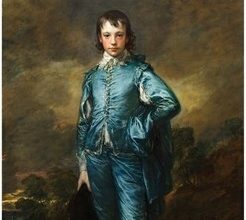
Robert Gober’s Mirror
Jerry Saltz | Vulture | 24th January 2022
Gober’s sculptures of chairs, sinks, legs and more are meticulous, “hyperhandcrafted” as the writer puts it. Why such effort? Careful fabrication makes these objects that we all use seem precious, worthy of our close attention. But then, some details are awry – old windows, for example, that have the curtains hung wrongly. All this helps explain why Gober’s sculptures are acclaimed. They connect us, says the writer, to “something bigger … a promise of new beauty.”





